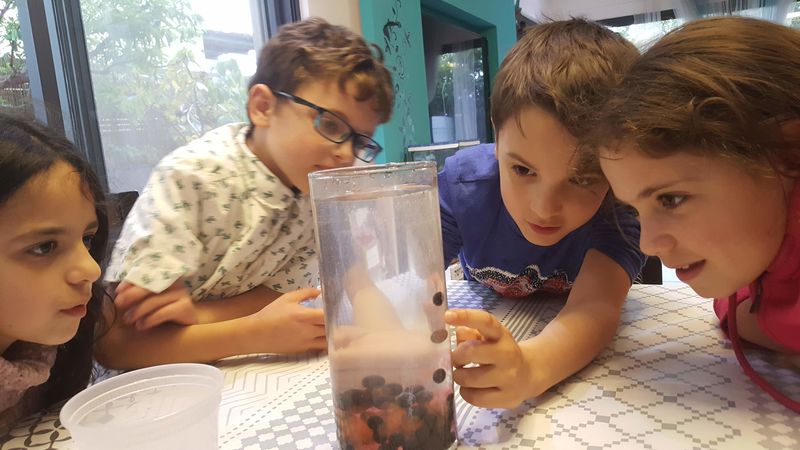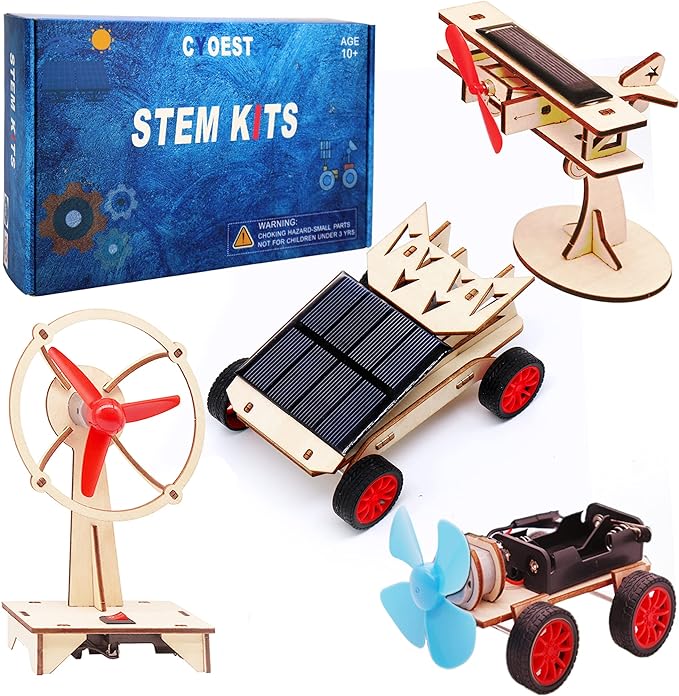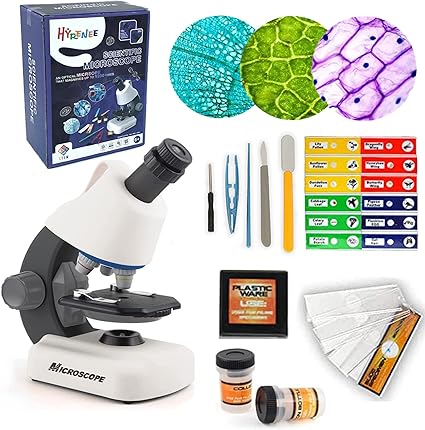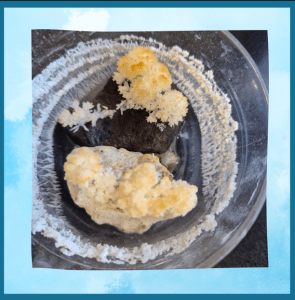Crystal Snowflake
There’s something magical about capturing the beauty of a snowflake and transforming it into a sparkling, crystalline masterpiece. As a fun wintertime science activity, you can help kids create their own intricate salt crystal snowflakes in the classroom of at home. It’s an experiment that demonstrates the power of chemical properties and the wonder of natural geometrical designs.
The process involves growing translucent salt crystals on pipe cleaner snowflakes suspended in a supersaturated salt solution. As the water evaporates over 24 hours, dazzling salt crystal formations emerge. Like real snowflakes, each student’s creation will be entirely unique based on subtle environmental factors.
Materials:
- A large glass jar
- Cooking salt
- Pipe cleaners (preferably white)
- Skewer or wooden stick
- A small pan and a wooden spoon
What to do?
- Shape an asterix * out of the pipe cleaner, leaving a long end of at least 12 cm (you can make any other shape)
- Wrap a bit of the pipe cleaner around the stick
- Boil water on the stove
- Add salt to the boiling water
- Keep adding salt until no more salt dissolves in the water (super saturated solution)
- Pour the boiling salt water into the jar (be careful to only pour the water, not the undissolved salt if you have any)
- Place the pipe cleaner snowflake in the saltwater, with the stick holding it in place on the top of the jar so it doesn’t fall.
- Set aside (without moving) for 24 hours


How does this happen?
When we make a saturated salt solution, we are filling the spaces between the water molecules with salt ions until there is no room left.
When we heat the water, we increase its ability to dissolve salt, creating a supersaturated solution. As the water cools back down, its ability to dissolve salt returns to normal levels, and there is now more salt dissolved than the water can hold. At this point, the excess salt will start to come out of solution and crystallize.
In addition, when this supersaturated solution is left open to the air, evaporation also occurs. As water evaporates, the salt that was dissolved has nowhere to go, so it also comes out of solution.
In our case, the salt starts accumulating on the pipe cleaner snowflake. As more and more water evaporates, more and more salt accumulates, forming crystals.
A snowflake is also a type of crystal, so the salt crystals are similar in structure to a snowflake..

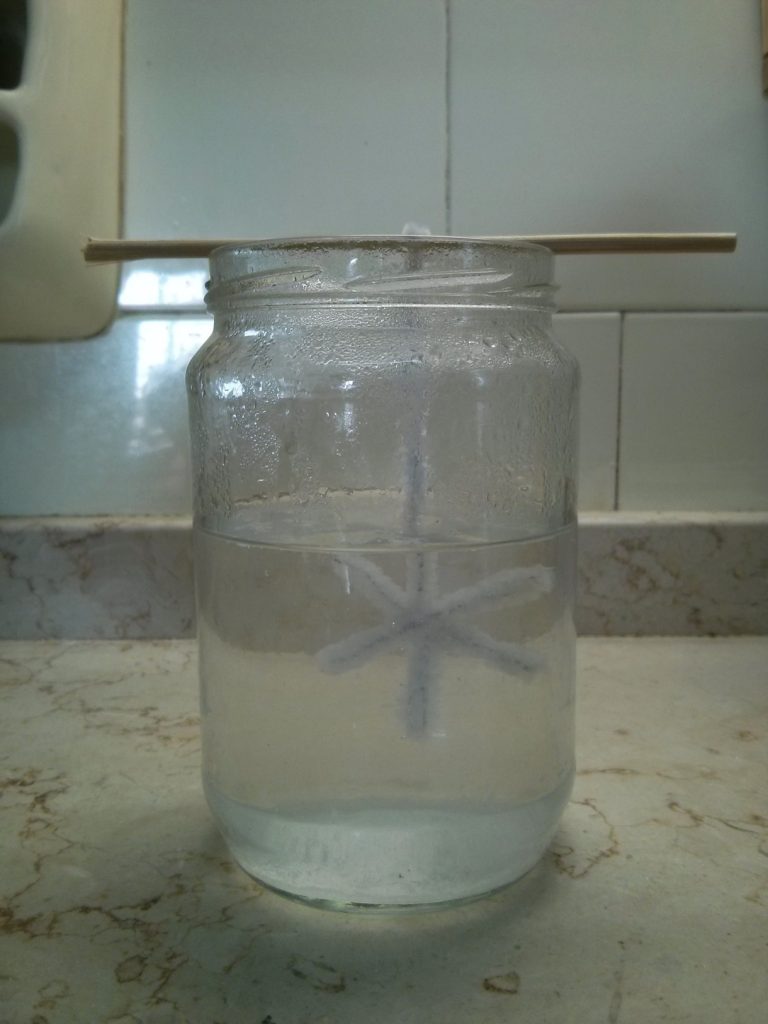

Looking for more Winter experiments? <<More science experiments>>
We’d love to showcase your creativity!
Share pictures of your experiments with us, and together, we can inspire young scientists everywhere!
